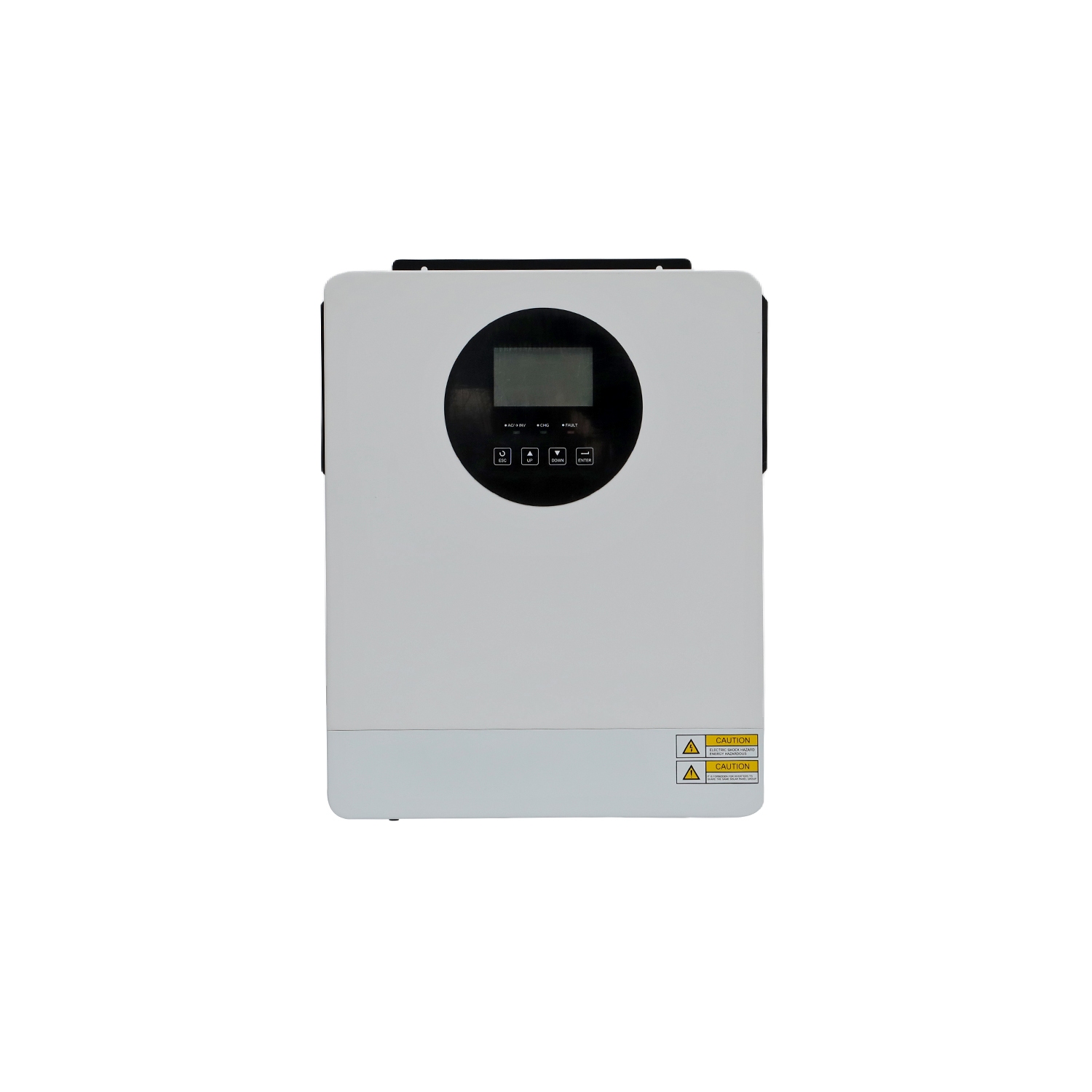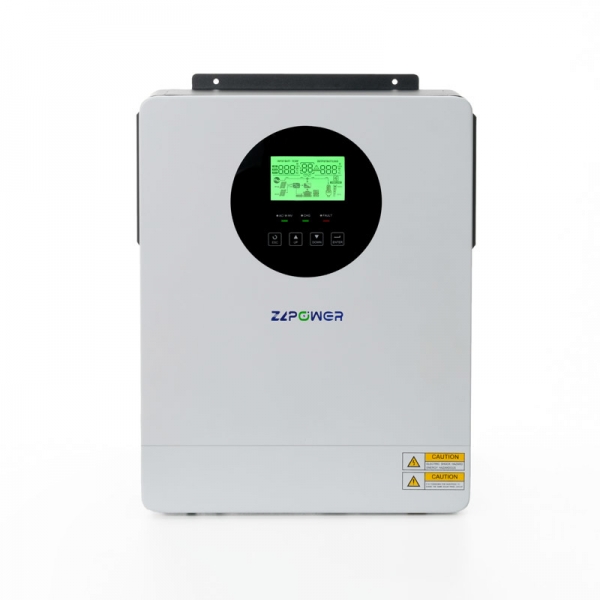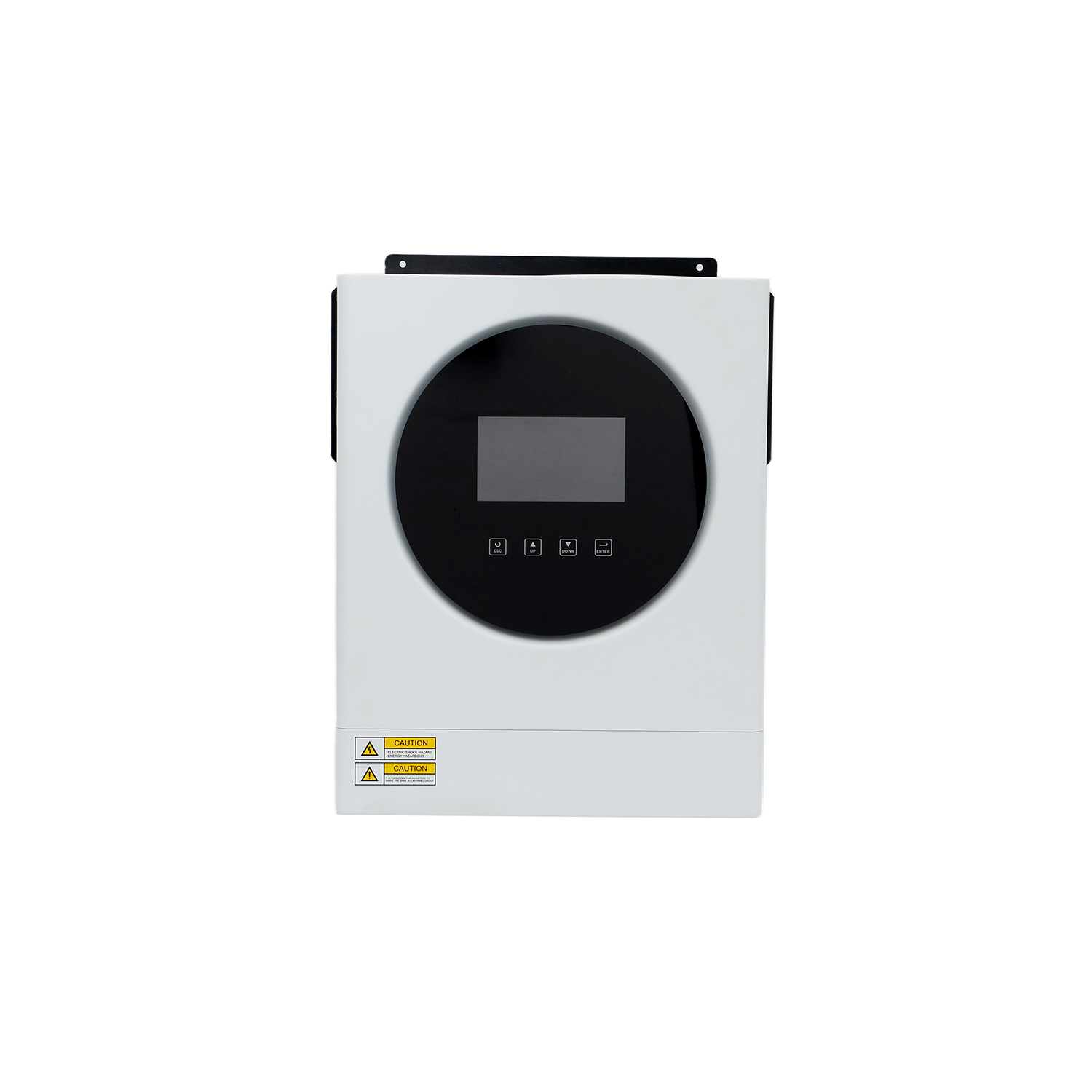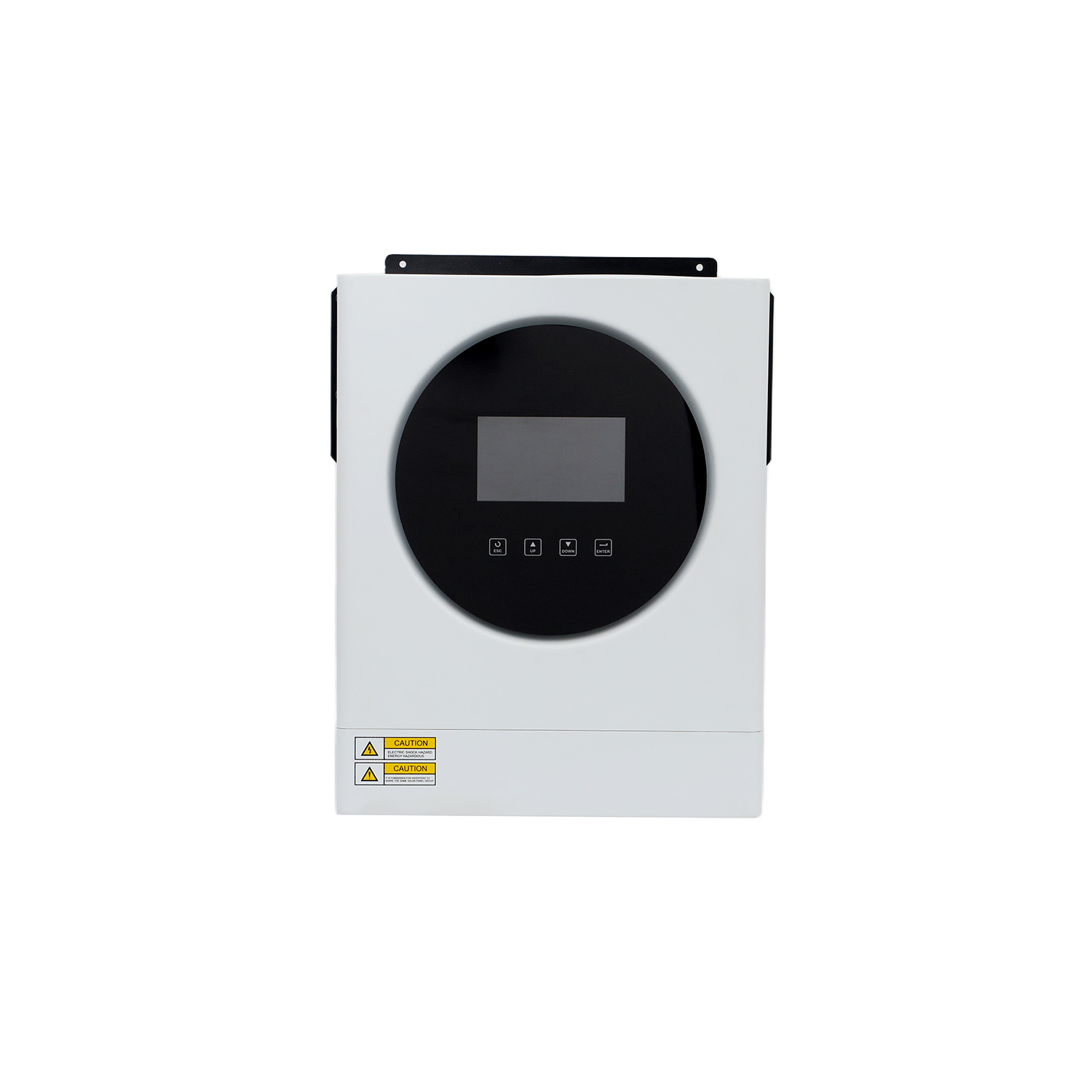
Choosing the right battery size for a high-frequency power inverter isn’t just about numbers — it’s about keeping your entire power system reliable and efficient.
Whether you’re running a solar hybrid setup, an off-grid cabin, or a backup power system at work, the battery determines how long your inverter can keep things running when the grid goes dark. In this guide, we’ll walk through how to calculate the correct battery capacity step by step — from estimating load power and voltage to factoring in efficiency, runtime, and real-world conditions — so you can build a setup that performs smoothly and lasts for years..Grab a piece of paper and write down every device your inverter will run. Add up their watts to get the total power you need in watts (W). That’s your kickoff point.
These solar inverters are solid, but they lose a smidge of power. Let’s say they’re about 90% efficient. To sort this out:
Adjusted Load = Total Load (W) ÷ Inverter Efficiency
Batteries are rated in amp-hours (Ah), so you need to flip watts into amps:
Current (A) = Power (W) ÷ Voltage (V)
Choose a voltage for your battery setup—usually 12V, 24V, or 48V, based on your gear. Big setups like solar or work projects often go with 48V to run smoother.
Battery Capacity (Ah) = Current (A) × Hours You Want
Imagine your adjusted load uses 50A at 48V for 4 hours:
Battery Capacity = 50A × 4h = 200Ah
Higher voltages mean less current and better performance. A 48V/100Ah lithium battery pack is a great choice for these inverters.
Series: cranks up the voltage, keeps Ah the same.
Parallel: stacks up more Ah, keeps voltage steady.
For example, link four 12V/100Ah batteries in series, and you’ve got 48V/100Ah. Add parallel strings to boost the total juice.
Lithium batteries let you use 80–90% of their power safely. If you need 200Ah but only use 80%:
Adjusted Capacity = 200Ah ÷ 0.8 = 250Ah
Super hot or freezing temps can mess with batteries. Go for ones made for tough spots to keep your solar or work setup running great.
Add 15–20% extra capacity for unexpected power needs:
Final Capacity = Adjusted Capacity × 1.2


l Got a 1500W load? Here’s the deal:
l Inverter Efficiency: 90%
l Adjusted Load = 1500 ÷ 0.9 ≈ 1667W
l Voltage: 24V
l Current Draw = 1667 ÷ 24 ≈ 69.5A
l Need It for: 3 hours
l Required Capacity = 69.5 × 3 = 208.5Ah
l DoD: 80% → Adjusted = 208.5 ÷ 0.8 ≈ 261Ah
l Add 20% Extra → Final = 261 × 1.2 ≈ 313Ah
l A 24V/313Ah battery bank will keep your stuff going for 3 hours.
If you skip efficiency losses, your battery might come up short. It won’t handle your load when it counts.
Some stuff, like motors or compressors, needs a big power kick to start.
Mixing old and new batteries or different kinds is a no-go. It messes things up and cuts battery life. Always use the same type.
High-frequency inverters with lithium batteries are killer for solar setups. They give you clean power and charge up fast.
Out in the boonies, these off grid solar inverter systems keep your lights on without a grid.
Factories use these to stay running during blackouts. They keep important gear safe.
Small inverter-battery setups are awesome for mobile power stations, job sites, or outdoor projects.


Picking the right battery size makes your inverter system run like a dream. For solar, off-grid, or work stuff, good batteries and smart inverters keep things solid and save you cash.
Need inverters or batteries for projects anywhere? Give ZLPOWER a shout—we’ll hook you up with custom setups and pro advice.
A: Jot down your total load in watts. Divide by inverter efficiency. Switch it to amps with your voltage (12V/24V/48V). Multiply by how long you need it to run for amp-hours (Ah). Adjust for how much you’ll use (DoD). Add a 15–20% extra for safety.
A: Lithium batteries are usually the way to go. You can use 80–90% of their power, they last forever, and they’re low-maintenance compared to lead-acid ones.
A: Nah, don’t do it. Mixing old and new or different types (like lithium and lead-acid) screws up performance and shortens life. Stick with the same models.
A: Depends on your load, voltage, battery size, and how much you use. A 1500W load with a 24V/313Ah lithium battery bank can last about 3 hours.
A: Factor in efficiency losses. Use proper wires and fuses. Don’t drain batteries too much. Add extra power for surprise needs. Keep batteries in a good temp range.